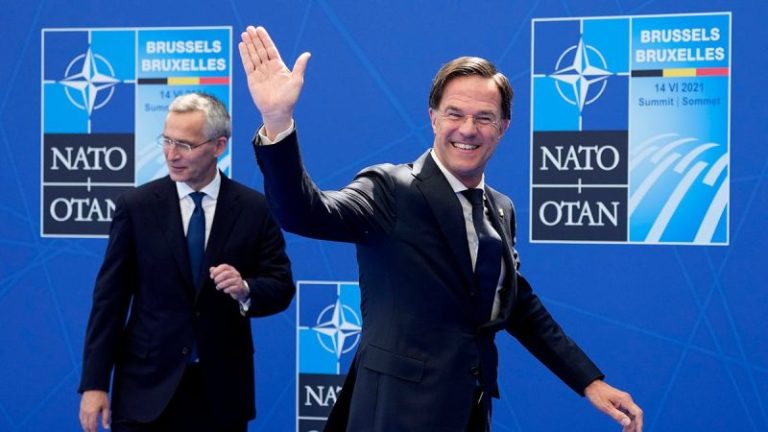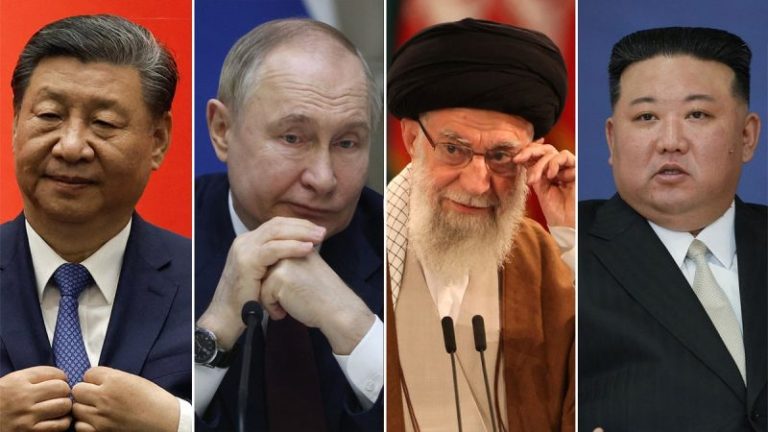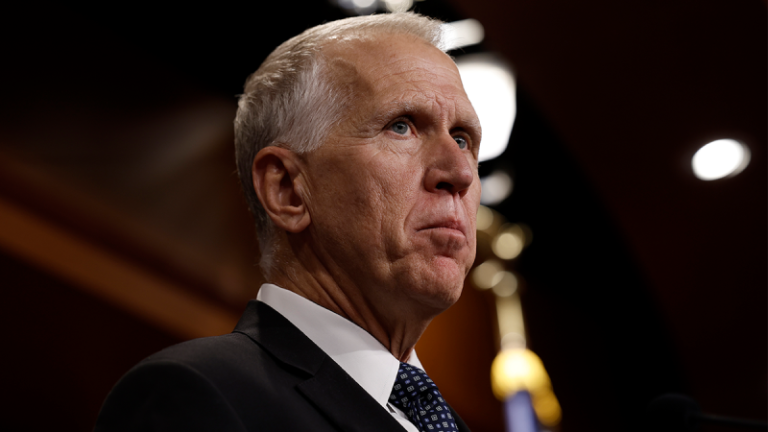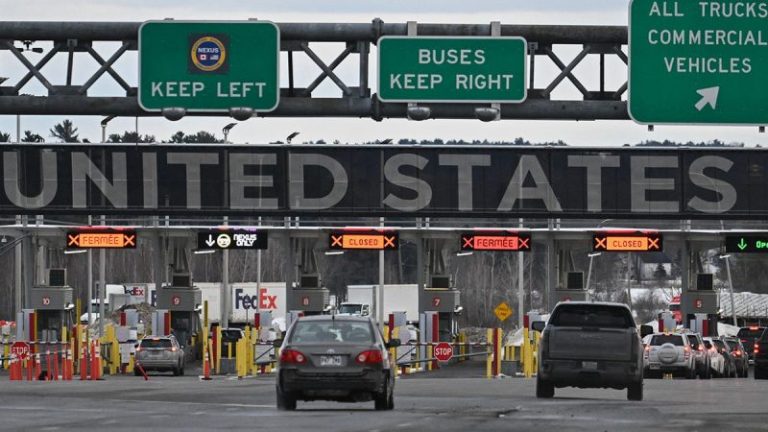China is hosting diplomats from Iran and Russia for talks on Tehran’s nuclear program Friday as Beijing aims to position itself as a power broker on an issue seen internationally as a pressing security concern.
China’s Executive Vice Foreign Minister Ma Zhaoxu will chair a meeting with counterparts from Iran and Russia in the Chinese capital “on the Iranian nuclear issue,” China’s Foreign Ministry announced earlier this week.
The meeting, expected to be attended by Russian Deputy Foreign Minister Sergei Ryabkov and Iranian Deputy Foreign Minister Kazem Gharibabadi, comes as countries face pressure to find diplomatic solutions – or trigger a return to sanctions – as a key deadline from a 2015 Iran nuclear deal looms.
President Donald Trump, who pulled the United States out of that agreement during his first term in office, is also pushing for a new deal, while European powers have held multiple rounds of talks with Tehran in recent months on the issue.
There is an increasing sense of urgency around finding a diplomatic path to rein in Iran’s nuclear program amid conflict in the Middle East. The United Nations nuclear watchdog warns that Iran has rapidly expanded its stock of what is considered near-bomb-grade uranium. Iran denies it wants a nuclear bomb and insists that its nuclear energy program is “entirely peaceful.”
It’s onto this stage that China now steps with its own diplomatic push, which observers say fits with Beijing’s aim to position itself as an alternative global leader to the US – a goal Chinese leaders see more opportunity to achieve as Trump shakes up foreign policy with his “America First” agenda.
“China is increasingly motivated to deepen its involvement (in the Iran nuclear issue) to safeguard its interests, expand its regional influence and reinforce its image as a responsible global power,” said Tong Zhao, a senior fellow at the Carnegie Endowment for International Peace think tank in Washington.
By having both Russia and Iran in the room, China “may also aim to highlight the significance of non-Western approaches to resolving global challenges,” he added.
‘Competing to solve the issue’
China has long been an advocate for the 2015 nuclear deal – or Joint Comprehensive Plan of Action (JCPOA). The agreement, originally negotiated between all five permanent members of the UN Security Council and Tehran, restricts Iran’s nuclear program.
Beijing has criticized the US withdrawal from the pact, while opposing American sanctions on Iran. Tehran moved away from its nuclear-related commitments following the US withdrawal.
Under the 2015 deal, countries have until October to trigger a so-called “snapback” of international sanctions on Iran that were lifted under the JCPOA.
“We still hope that we can seize the limited time we have before the termination date in October this year, in order to have a deal, a new deal so that the JCPOA can be maintained,” China’s UN Ambassador Fu Cong told reporters ahead of a special UN Security Council meeting on Iran’s nuclear program on Wednesday.
“Putting maximum pressure on a certain country is not going to achieve the goal,” he said, in a reference to Trump’s approach to isolate Iran economically and diplomatically to stop Tehran from obtaining a nuclear weapon.
Trump last week told Fox News he had written to Iran’s Supreme Leader Ayatollah Ali Khamenei, adding: “there are two ways Iran can be handled: militarily, or you make a deal. I would prefer to make a deal, because I’m not looking to hurt Iran.”
But Iran has signaled in recent days it has no interest in speaking to Trump, with Khamenei criticizing efforts to negotiate from “bully states.”
It’s unclear what form a potential new agreement would take – or how it would be brokered. But not reaching a deal could lead to escalation of the ongoing conflict in the Middle East that’s seen Israel and Iran exchange direct strikes or could see Tehran shift its position on nuclear weapons, observers say.
“Effectively, everyone’s competing to solve this issue,” said Sanam Vakil, director of the Middle East and North Africa program at the London-based Chatham House think tank. “In the climate of several parallel efforts, this was an opportunity for Russia and China to align and try to put forward their version of what a deal might look like.”
Both Beijing and Moscow are united in “not wanting to see Iran weaponize its nuclear program and trying to diplomatically look for a solution,” but may want a narrower deal focused around Tehran’s nuclear program, while Europe and perhaps the United States would like a broader agreement, according to Vakil.
Iran also sees China and Russia as potential allies in such discussions. Tehran and Moscow have heightened cooperation in recent years as Iranian drones help Russia wage war in Ukraine.
China remains a key economic and diplomatic backer for Iran, but also looks to balance its relationship with Tehran with growing ties to partners like Saudi Arabia. Last week, Russia, China and Iran held what Chinese state media said was their fifth joint naval drill since 2019.
“For Iran, (the meeting in China) is a symbolic opportunity. It can continue to show its alignment with Russia and China … (and) continue to message that it seeks engagement,” Vakil said.
China’s calculus
A show of the trio’s alignment may also benefit Beijing at a time when the Trump administration seeks to undercut Beijing and Moscow’s close ties and push back against what they view as an emerging “axis” between China, Russia, Iran and North Korea.
Russia has also offered to participate in nuclear talks between the US and Iran, a Kremlin spokesperson said, as Moscow-Washington ties warm under Trump.
“The future policy directions of Russia and Iran will significantly influence China’s strategic options in the Middle East and beyond,” said Carnegie Endowments’s Zhao, pointing to this as one reason for Beijing to enhance its communication with Moscow and Tehran on such issues.
“Such coordination also signals solidarity against potential US efforts to sow division among them,” he added.
Beijing has much at stake in the Middle East.
China relies on the region for energy and has worked to deepen its strategic ties there, including with wealthy Gulf states and traditional US allies. Beijing showed its ambitions to become a power player in the region in 2023 when it played a role in brokering a rapprochement between longtime rivals Iran and Saudi Arabia.
China is also likely warily eying the potential that its own firms’ commercial ties to Iran could become entangled in Trump’s pressure tactics in Iran if no deal is reached, observers say.
The meeting in Beijing, however, “is not an indication that China is interested in giving Russia and Iran a free ride here or allowing them to continue to subvert proliferation norms,” said Esfandyar Batmanghelidj, founder of the Bourse and Bazaar Foundation think tank.
“What this reflects is China’s serious concerns that this crisis could accelerate in the Middle East if the Iran nuclear program is not dealt with through negotiations,” he said.
Still, there are limits to Beijing’s capacity to be a broker on this issue even as it looks to amplify its role. It’s a comparatively inexperienced player in a region where the US has long been the dominant power, and despite its economic links to Tehran, observers say it has little sway over the country’s policy.
“The Russians and Iranians understand that this is a relatively new role that China is taking as a mediator for these larger international disputes. There’s a lot of realism about the extent to which China can actually be the architect of these negotiations,” said Batmanghelidj.
But they’re both “very happy to participate in the spectacle of China emerging as this new player,” he said.










